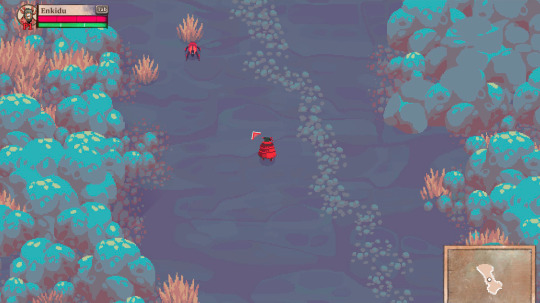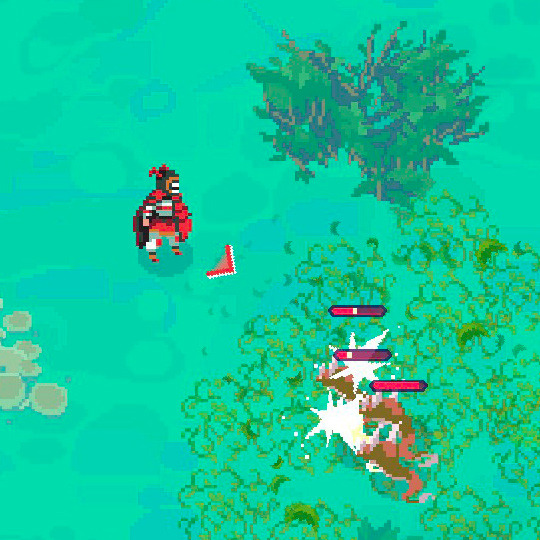
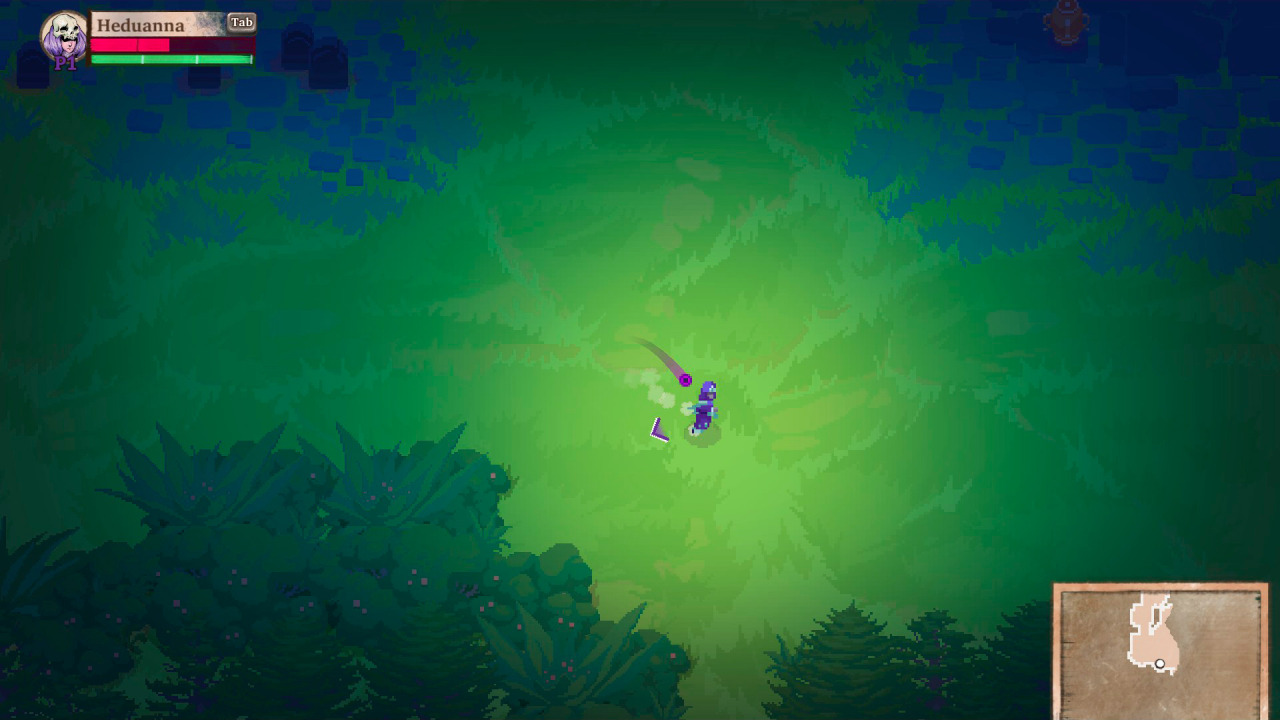
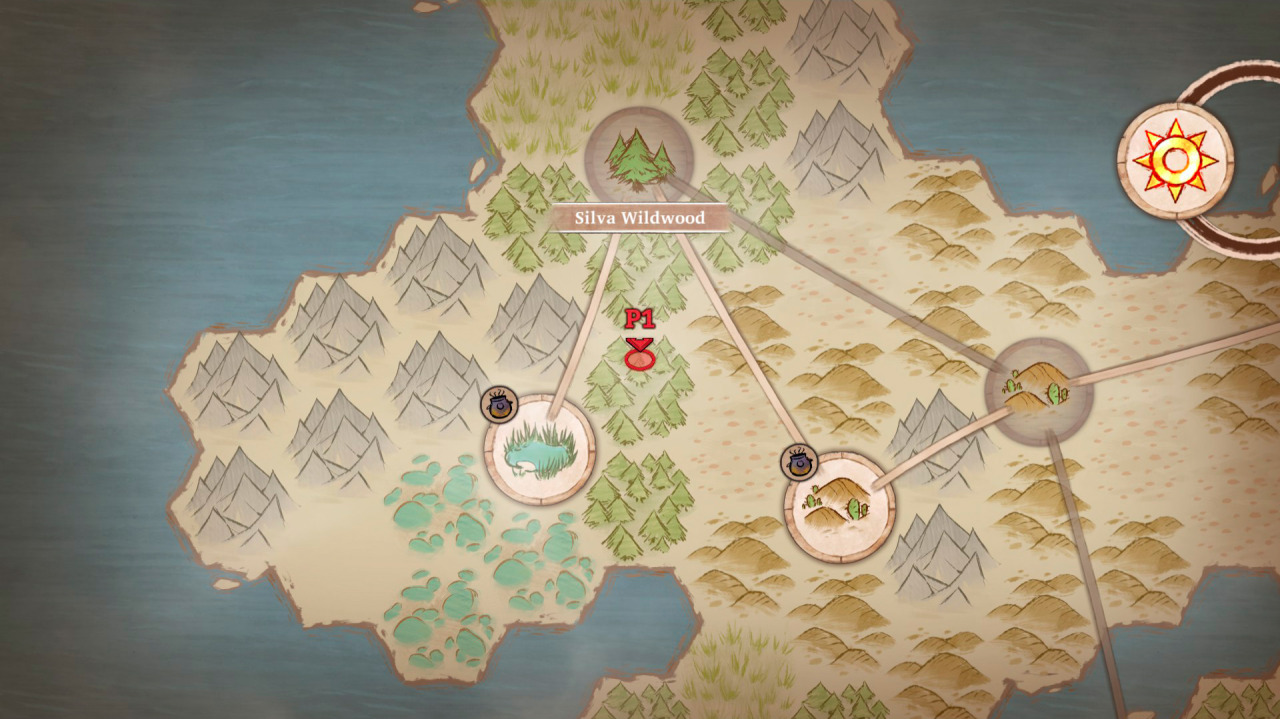
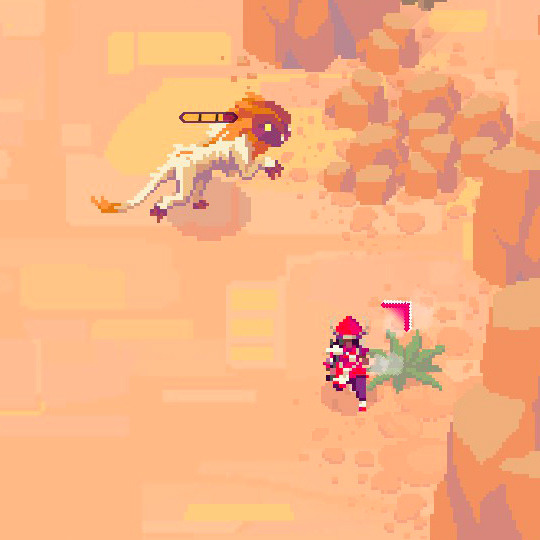

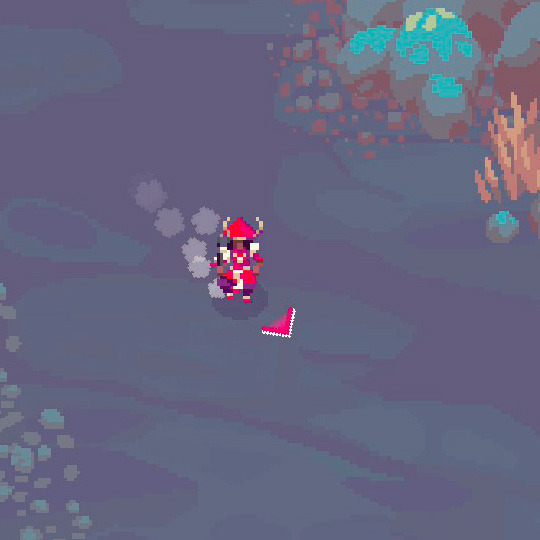
Moon Hunters and Rhizome Stories
I’ve been following Moon Hunter’s development since I backed the Kickstarter: a co-op game that uses procedural generation is obviously right up my alley.
An aspect that stands out about the game is the way the game’s story can’t be completed in one playthrough. Each individual session is a short action-RPG story of a soon-to-be-mythological character. But the player can only experience a small subset of the possible encounters. Some don’t even unlock until later playthroughs, and you’ll often find hints for events you might encounter in future stories.

The way that the events and stories connect across multiple playthroughs means that the overall narrative of the game is a complex, interwoven structure, of the kind that Janet Murray called “rhizome fiction”. A rhizome is a complex root system; a philosophical concept; and a story without a definite beginning or ending, as pioneered in the postmodern hypertext community.
Moon Hunters is far from the only game that uses a rhizomic structure. Many games use hypertexual principles: in my opinion, Jesper Juul’s Closed progression systems are best understood as a subset of hypertext. While many games use maze structures with a definite flow for their overall narrative, the more amorphous rhizome structure also sees use: those open-world games with a ton of sidequests, for example. Or Her Story, which just picked up a bunch of IGF awards by cleverly adapting full-motion-video to a rhizomatic narrative. Or Sam Barlow’s Aisle, an interactive fiction game where you only make one move. (Try it out, it’s a pretty clear example of what rhizome fiction can be like.)
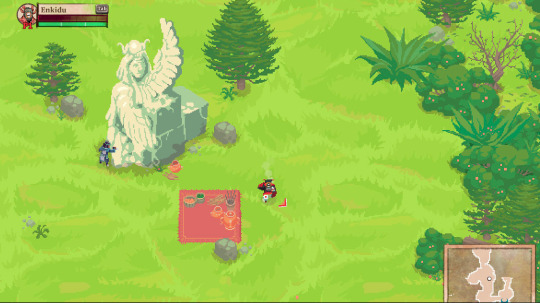
What makes Moon Hunters interesting as an action-RPG is that while each individual play session follows Murray’s labyrinth pattern with strongly defined milestones, the constellation system creates a rhizomic system that serves as an overarching narrative. Since the entire game is framed as a ritualistic mythological enactment, any inconsistencies are subsumed into the myth-making.
Rhizome fiction is particularly useful for procedural generation because it relies on the player to draw the connections between ideas. In the same way that Nick Montfort’s 1K story generators use elision to imply a story, the individual episodes in Moon Hunters don’t need to fit within a single plot. This saves the trouble of writing a plot generator, which is not easy. But it also means that the actual structure that’s used to generate the stories is free to use a non-narrative system, meaning that it can be more closely integrated into the action-play or can be structured to follow the pacing of the play session.
